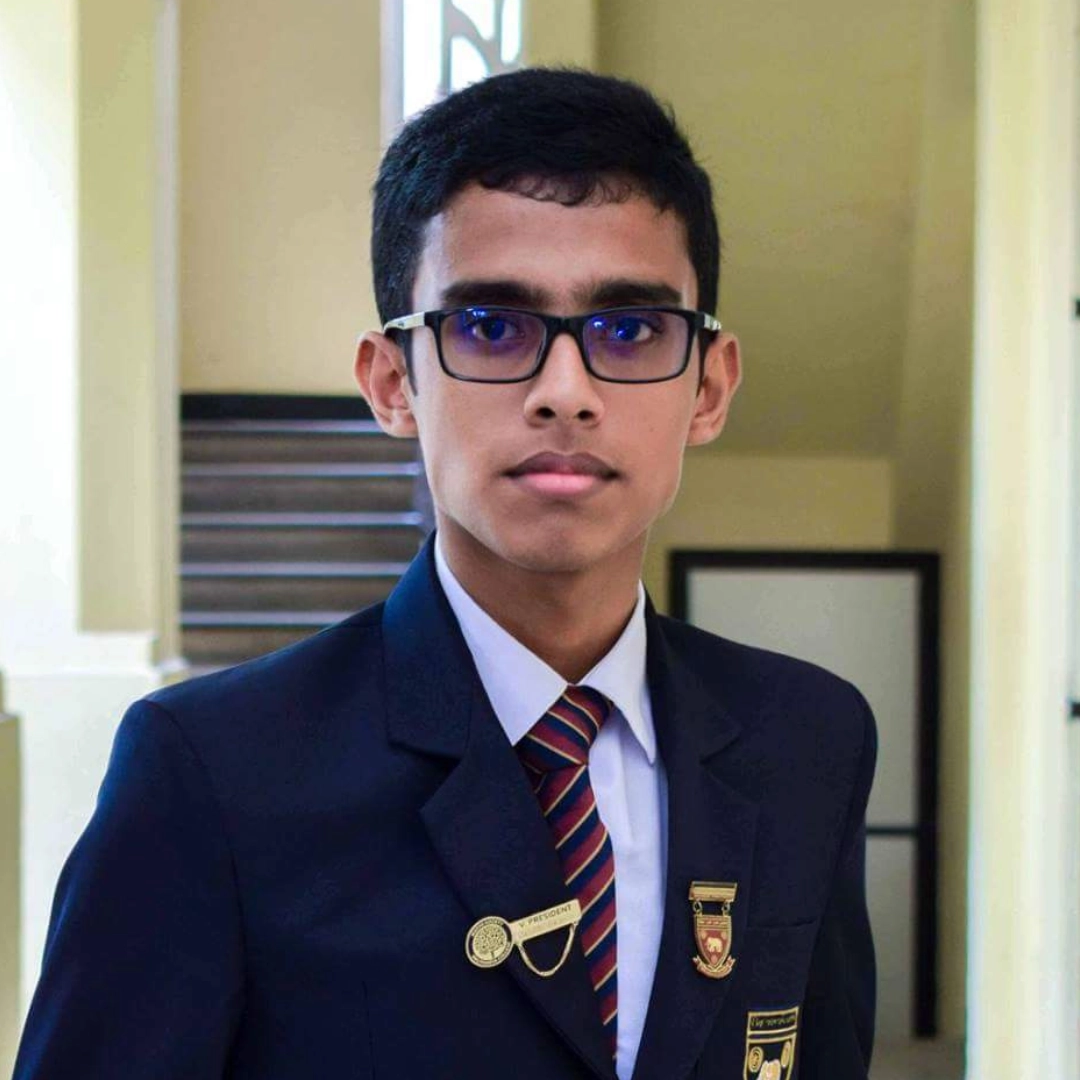Decoding Micromouse magic
Ever wondered about those pint-sized robots zipping through mazes with calculated finesse? Meet the micromouse, a tiny but mighty autonomous robot designed to tackle labyrinths using its sensors and brainy algorithms. These pocket-sized wonders, usually no larger than a hearty sandwich, are poised to leave you utterly amazed.
Origin and Evolution
The concept of micromouse dates back to the late 1970s when the idea was first introduced by Dr. Koichi Moriyama from Japan. Inspired by a desire to push the boundaries of robotics, Dr. Moriyama proposed a challenge to build a robot capable of autonomously exploring a maze, finding the most efficient path from the start to the destination, all within a limited time frame. The concept quickly caught the attention of engineers and robotics enthusiasts worldwide, sparking the birth of an engaging and competitive domain.
Over the years, the micromouse community has grown exponentially, witnessing a remarkable evolution in technology and design. Advancements in microcontrollers, sensors, and programming languages have opened up endless possibilities, allowing creators to push their micromouse creations to new heights.
Key Components of a Micromouse
To understand the micromouse concept, we'll dissect its core components.
Chassis- The physical framework of the micromouse that houses all the electronic components. It comes in various shapes and sizes, often designed for optimal agility and stability during maze navigation.
Sensors- Micromice are equipped with an array of sensors, such as infrared, ultrasonic, or optical sensors, enabling them to detect walls, measure distances, and identify possible paths through the maze.
Microcontroller- The brain of the micromouse resides in its microcontroller, a small computing unit responsible for processing sensor data and executing the control algorithms.
Actuators- These are the motors or wheels that enable the micromouse to move through the maze. Precise control over these actuators is crucial for swift and accurate navigation.
A Professional Roadmap
In this tutorial series, we navigate beyond the surface, into the essence of micromouse robots. Whether you're someone who knows a lot about technology or you're just starting out and curious, these lessons are like a step-by-step guide to help you understand and build these cool little robots.
Getting Started with Power
To kick things off, we'll talk about the basics and make sure our robot has the power it needs. It's like making sure your toy has good batteries so it can keep moving and exploring.
Motors and Encoders
Then, we'll peek inside our robot to see how it moves. We'll learn about the motors that make it go and the encoders that help it move just the right amount. It's like learning about the engine and wheels of a car.
Making Sense of Maze Navigation
Now, imagine your robot needs to find its way through a maze. We'll talk about something called PID control, which is like a little brain in the robot that helps it make the right decisions so it doesn't get lost.
Robot Eyes - IR Sensors
Our robot needs to see where it's going, right? We'll explore the robot's eyes, called IR sensors. These sensors help the robot detect walls and obstacles, kind of like how you use your eyes to avoid bumping into things.
Cracking the Maze Code - Flood Fill
Lastly, we'll tackle something cool called flood fill. It's like giving our robot a smart strategy to find the best path through the maze. We'll make our robot clever so it can navigate the twists and turns with ease.
Throughout all of this, we're going to keep things simple, so whether you're a tech whiz or just starting, you'll understand every step. Think of it like putting together a puzzle. By the end of our lessons, you'll have all the pieces to build and understand your very own micromouse robot. Let's have some robot fun! 🤖✨





